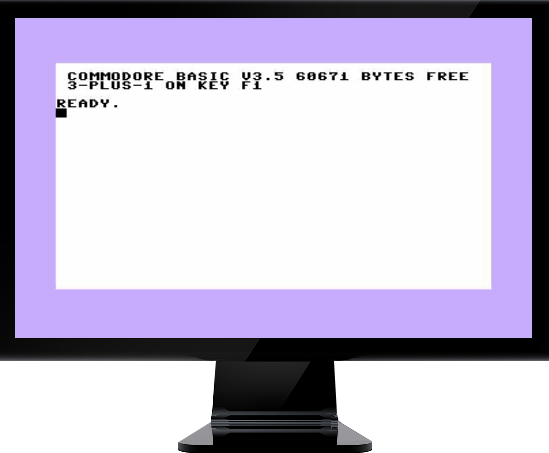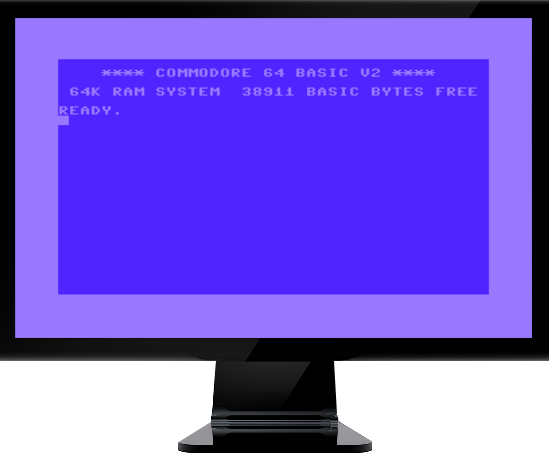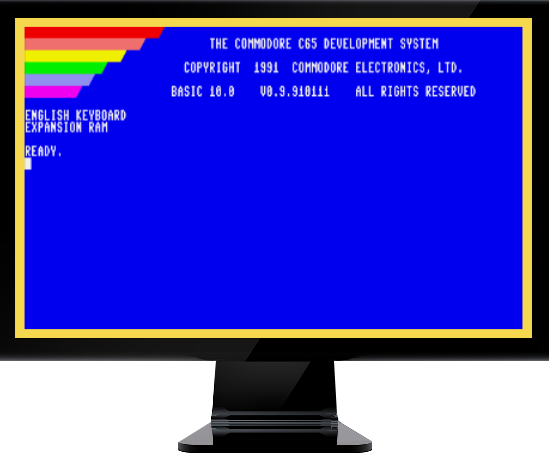Zilog Z80 - MIRKOSOFT






All what your computer needs...

Main menu:
Zilog Z80 CPU is available for Commodore computers in Commodore 128, for Commodore 64 and 128 in CP/M Cartridge and in CBM-II Series as secondary CPU option
Also is available for Apple II by plug-in card supplied by Microsoft named Z-80 SoftCard, later renamed to Microsoft SoftCard
Also is available for Apple II by plug-in card supplied by Microsoft named Z-80 SoftCard, later renamed to Microsoft SoftCard
Zilog Z80
Max. clock speed:
Z80 2,5MHz
Z80A 4MHz (used in Commodore 128)
Z80B 6MHz
Z80H 8MHz
new models up to 25MHz
even eZ80 33MHz or 50MHz
Power requirements:
Z80 - 5V@60mA
Z80A - 5V@90mA
Operating temperature:
0 - 70 degrees C.
Min. instruction time: 1uS (@4MHz)
Max. instruction time: 5.75uS (@4MHz)
Instructions count: 158 (78 instructions of i8088 are a subset)
Internal registers: 14
Stack: RAM
Description:
Z80 microprocessor is an 8 bit CPU with 16 bit address bus capable of direct access of 64k of memory space. It has a language of 252 root instructions and with the reserved 4 bytes as prefixes, acceses an additional 308 instructions. Z80 was modeled after i8080 and contains the 78 i8080 opcodes as subset to it's language. Programming features include an accumulator and six eight bit registers that can be paired as three 16 bit registers. In addition to the general registers, stack-pointer, program-counter, and two index (memory pointers) registers are provided. While not in the same leauge as the 80486 or 68000 series, Z80 is extremely useful for low cost control applications. One of the more useful features of the Z80 is the built-in refresh circuitry for ease of design with DRAMs. Z80 comes in a 40 pin DIP package. And resently also in a 44 pin SMD and QFP. It has been manufactured in A, B, and C (also marked as H) models, differing only in maximum clock speed. It also has been manufactured as a stand-alone microcontroler with various configurations of on-chip RAM and EPROM.
The term "microcomputer" has been used to describe virtually every type of small computing device designed within the last few years. This term has been applied to everything from simple "microprogrammed" controllers constructed out of TTL MSI up to low end minicomputers with a portion of the CPU core constructed out of TTL LSI "bit slices". However, the major impact of the LSI technology within the last few years has been with MOS LSI. With this technology , it is possible to fabricate complete and very powerful computer systems with only a few MOS LSI components.
The Zilog Z-80 family of components is a significant advancement in the state-of-the-art of microcomputers. These components can be configured with any type of standard semiconductor memory to generate computer systems with an extremely wide range of capabilities. For axample, as few as two LSI circuits and tree standard TTL MSI pakages can be combined to form a simple controller. With additional memory and I/O devices a computer can be constructed with capabilities that only a minicomputer could previously deliver. This wide range og computational power allows standard modules to be constructed by a user tha can satisfy the requirements of an extremely wide range of applications.
The major reason for MOS LSI domination of the microcomputer market is the low cost of these LSI components. For example, MOS LSI micropomputers have already replaced TTL logic in such applications as teminal controllers and test systems. In fact the MOS LSI microcomputers is finding its way into almost every product that now uses electronics and it is even replacing many mechanican systems such as weight scales and automobile controls.

